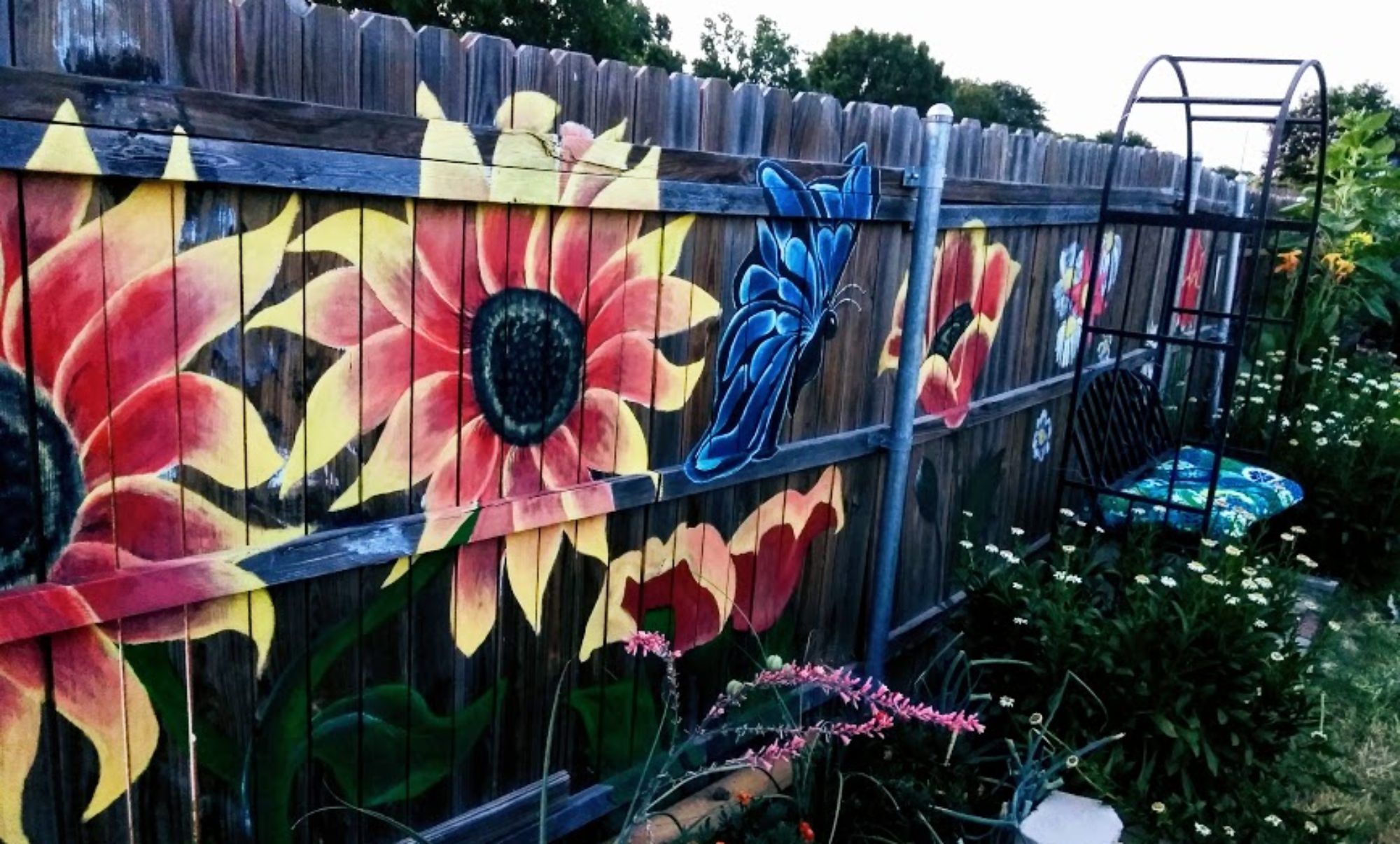 Biting into a bright yellow ear of corn tastes just like summer; fresh, crisp and sweet. I love sweet corn and can literally eat it like candy from the yard; so much so, I even assume when growing corn at least 30% of the yield will never make it in the house. It’s a snack I quickly grab while working in the garden, or a quick breakfast if I’m out early. This alone makes growing corn, sweet corn the perfect summer treat; and, like many others I simply feel growing corn in the backyard, allotment or kitchen garden cool!
Biting into a bright yellow ear of corn tastes just like summer; fresh, crisp and sweet. I love sweet corn and can literally eat it like candy from the yard; so much so, I even assume when growing corn at least 30% of the yield will never make it in the house. It’s a snack I quickly grab while working in the garden, or a quick breakfast if I’m out early. This alone makes growing corn, sweet corn the perfect summer treat; and, like many others I simply feel growing corn in the backyard, allotment or kitchen garden cool!
Growing Corn: Sweet Corn
Sweet corn is the taste of summer because it only grows in the summer!
 Corn needs the heat; and, it needs warm soil. Seeds will not germinate until the soil reaches between 55 and 70 degrees in the morning. Corn absorbs about 30% of its size in water. Absorbing cold water as its swelling can lead to various diseases reducing yield or killing the plant completely. Therefore if planning to start outside (which is best as corn has a shallow root system that does not like to be moved), ensure the last frost date has passed. If one is in a zone where they must start their seeds indoors to achieve the right time for harvest, use organic pots that can be planted in the ground to avoid moving the babies once they have established!
Corn needs the heat; and, it needs warm soil. Seeds will not germinate until the soil reaches between 55 and 70 degrees in the morning. Corn absorbs about 30% of its size in water. Absorbing cold water as its swelling can lead to various diseases reducing yield or killing the plant completely. Therefore if planning to start outside (which is best as corn has a shallow root system that does not like to be moved), ensure the last frost date has passed. If one is in a zone where they must start their seeds indoors to achieve the right time for harvest, use organic pots that can be planted in the ground to avoid moving the babies once they have established!
If one has 65 to 90 days, they can grow corn!
According to the University of Arkansas the average days to harvest for corn runs between 65 and 95 days. One should plan their start time based on their last frost date and how far along the plants need to be to ensure a solid harvest during the summer months. Visit “When to Start Seeds Indoors” for more information on the best start times for seeds!
Give corn a well draining spot and make sure the soil has lots of food and nutrients!
 Corn needs well drained fertile soil and plenty of food to grow those gloriously sweet ears. Testing the soil lets one know for sure if there are serious issues to address; however, 2 steps work best for me, to ensure the corn crop is healthy.
Corn needs well drained fertile soil and plenty of food to grow those gloriously sweet ears. Testing the soil lets one know for sure if there are serious issues to address; however, 2 steps work best for me, to ensure the corn crop is healthy.
-
- Add fresh compost to the soil prior to planting. Add 1 bag of compost, Black Kow Compost is my preference, to about 20 feet of garden space. A good rule of thumb is: If the ground becomes hard where the compost is mixed in, too much has been added. Compost should enhance the existing soil, not overtake it.
- Mix in organic matter, i.e. used coffee grinds, leaves or dark rich topsoil if the soil is highly sandy.
Plan to feed plants with feed once they have set at least 3 to four leaves. Alaskan Fish Emulsion has worked wonders for my production spraying once a
Plant seeds in warm soil and within 12 inches apart
Plant seeds approximately 12 inches apart and approximately 1 ½ inches down. Soil must be warm in the morning before planting! Corn is wind pollinated versus bee pollinated. This implies a few things: 1: don’t plant corn where it will be blocked from wind! 2: There should be enough corn for at least two solid side by side rows. If only small amounts are being planted, use small squares versus long rows to ensure the corn is close enough together to achieve good pollination across plants.
Steady water and a good fish based fertilizer does wonders
Corn needs plenty of water; without it they will struggle to produce flavorful kernels. Water at least 1.5 inch per week, allowing the soil to dry slightly between watering. A good rule of thumb is if no moisture in in the soil greater than an inch down, water.
Companion Plants
 Corn is a wonderful companion plant for many veggies; those plants that help corn grow the best are:
Corn is a wonderful companion plant for many veggies; those plants that help corn grow the best are:
- Climbing beans
- cucumber
- marjoram
- peas
- pumpkins
- squash
- sunflowers
- zucchini
Related Articles
- Starting Seeds Indoors
- Using Corn Stalks in Your Garden
- When to Harvest Your Corn (in Progress)







You must be logged in to post a comment.